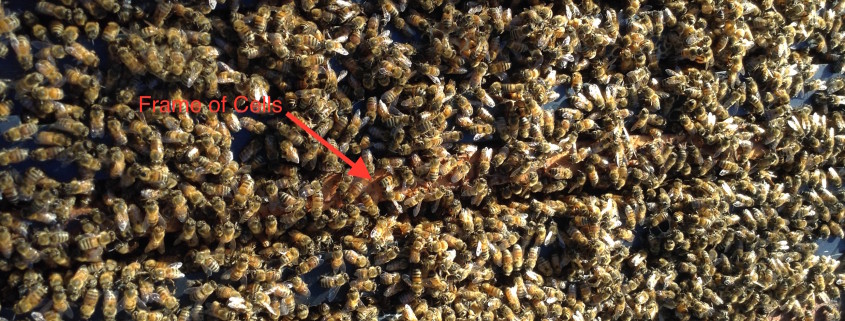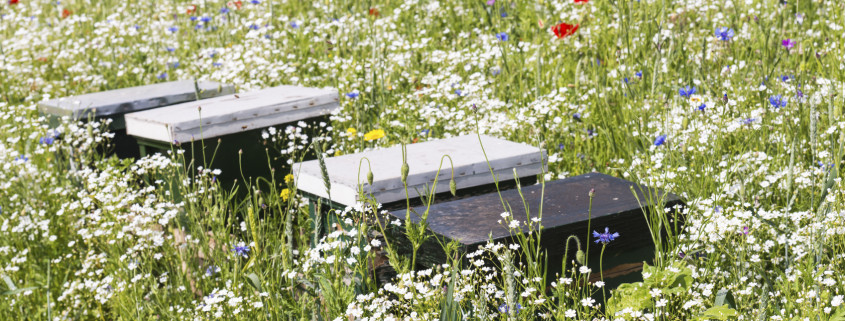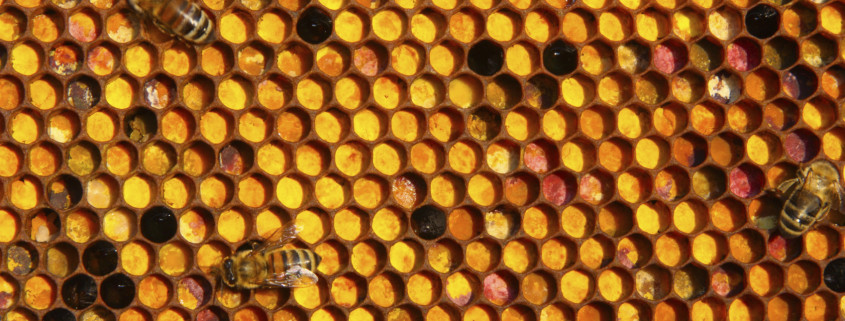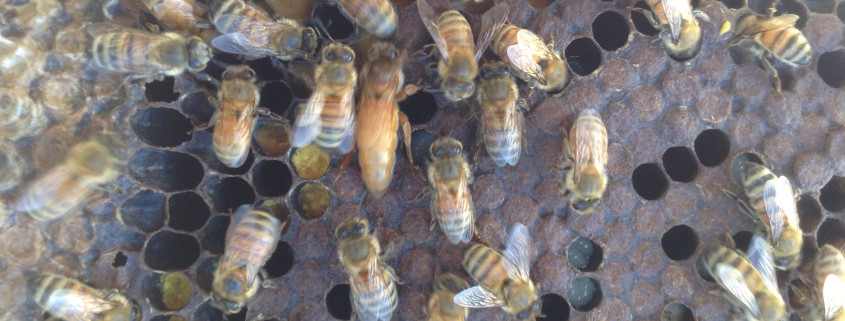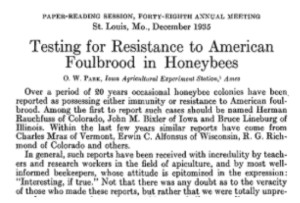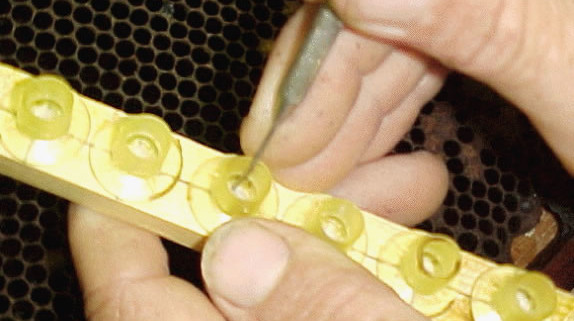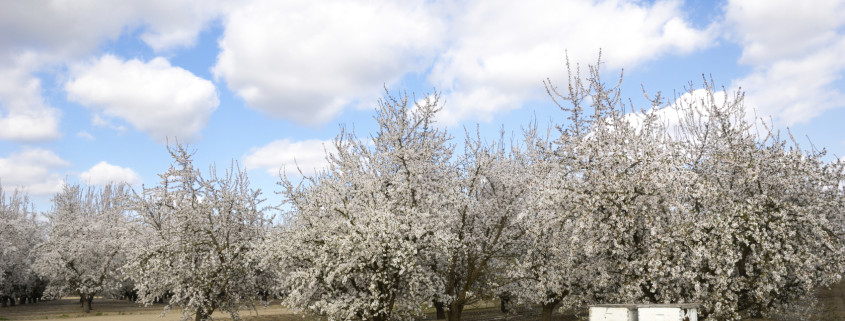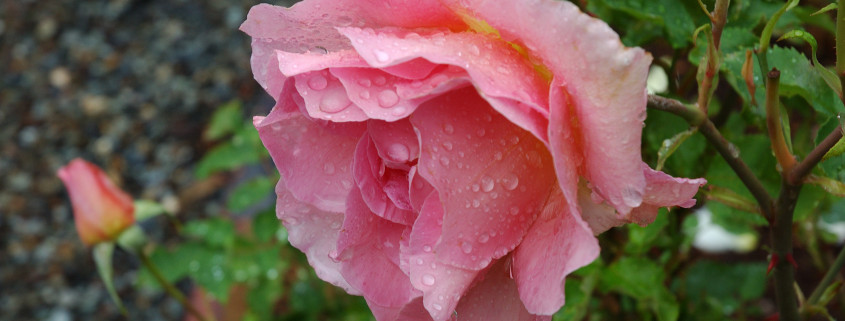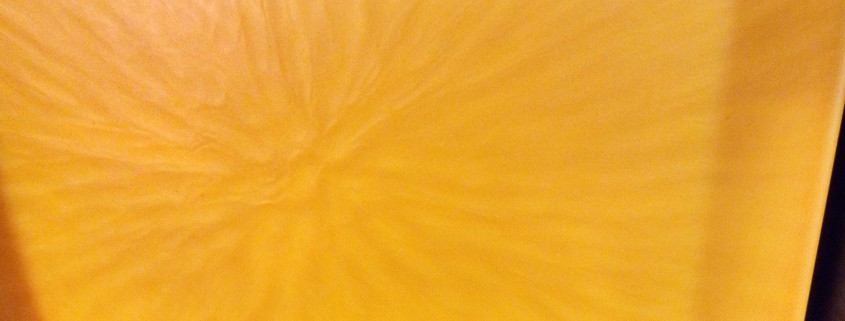The Queen Cell Builder
The workhorses of any queen rearing operation are the cell building colonies. These are special bee colonies that are established with the specific purpose of raising queen cells. Queen cells are larvae that are grafted from high quality breeder stock, and developed by the cell building colony to become queen bees.
How does the queen cell builder know to raise a queen bee, rather than a worker bee? First, the cell building colony typically is queenless from the outset, so it has a natural desire to raise new queens. The positioning of the queen cells is also important. Rows of grafted larvae are placed in the center of the colony, hanging upside down in the same manner that a colony would naturally hang its own queen cells. This makes the larvae recognizable to the colony as potential queen stock rather than worker stock. Secondly, a cell building colony is packed full of young nurse bees, almost to the point of being overcrowded. Young nurse bees are the best producers of royal jelly – the larvae’s food – and a good queen cell building colony should never be lacking for royal jelly production. The beekeeper continuously feeds the cell building colonies, so that the nurse bees are never lacking for food themselves. Lastly, the slight overcrowding of the colony tends to produce a swarming instinct, which in itself causes the colony to want to produce extra queens in anticipation of a possible swarming event.
The queenlessness, the larvae hanging upside down, the heavy population of nurse bees, the feeding, and the slight overcrowding – all create a potent brew of incentives for the cell building colony to produce a quality set of queen cells. At Wildflower Meadows, when constructing our queen cell building colonies, we strive to create all of the these conditions.

